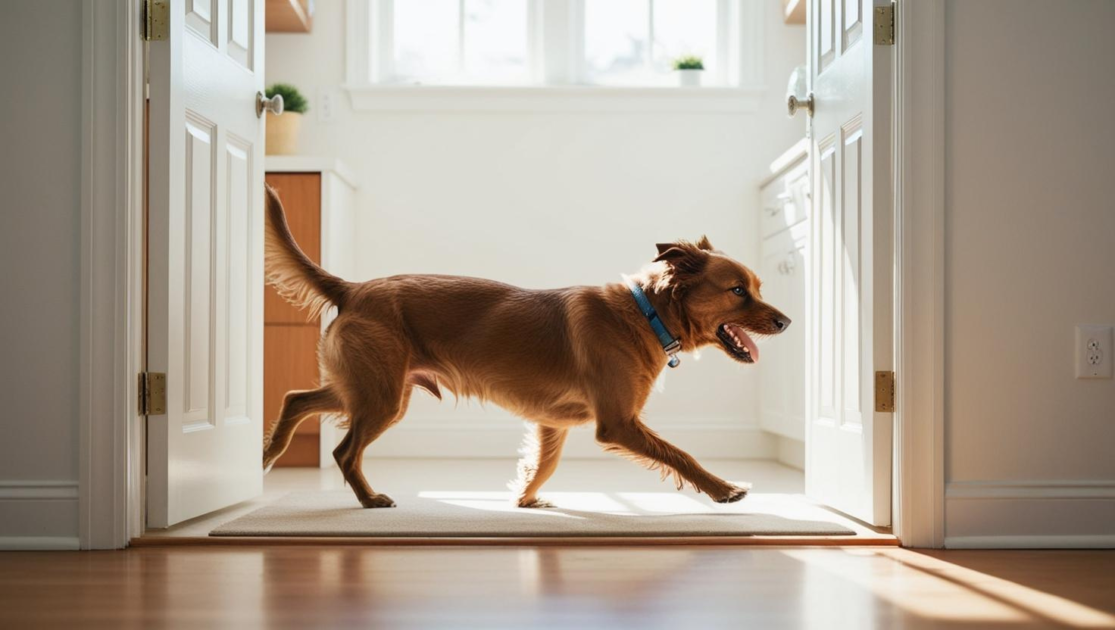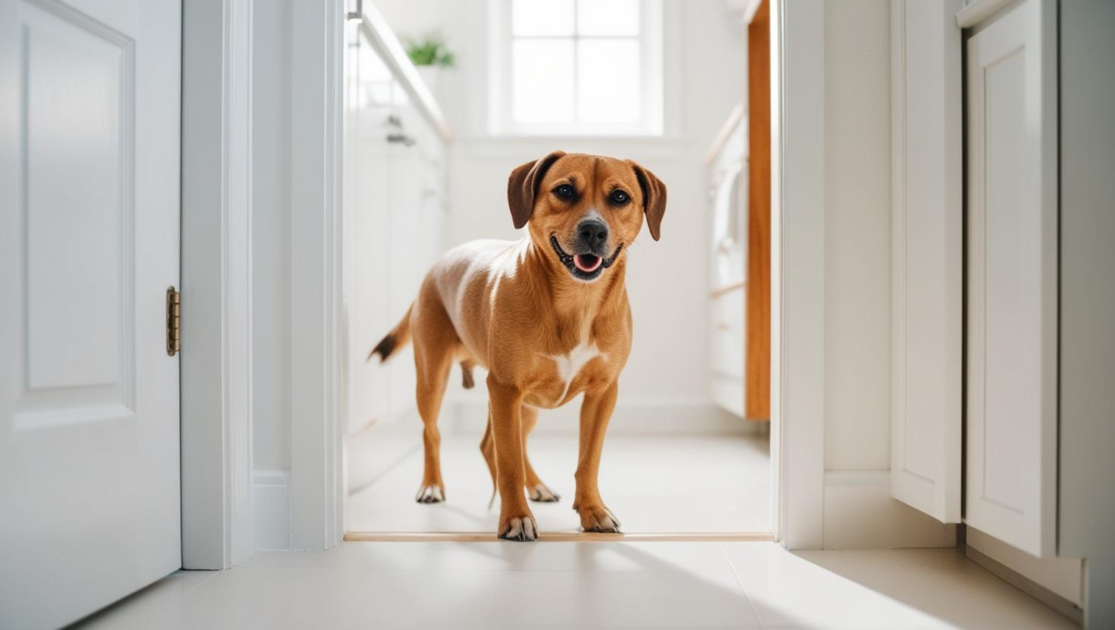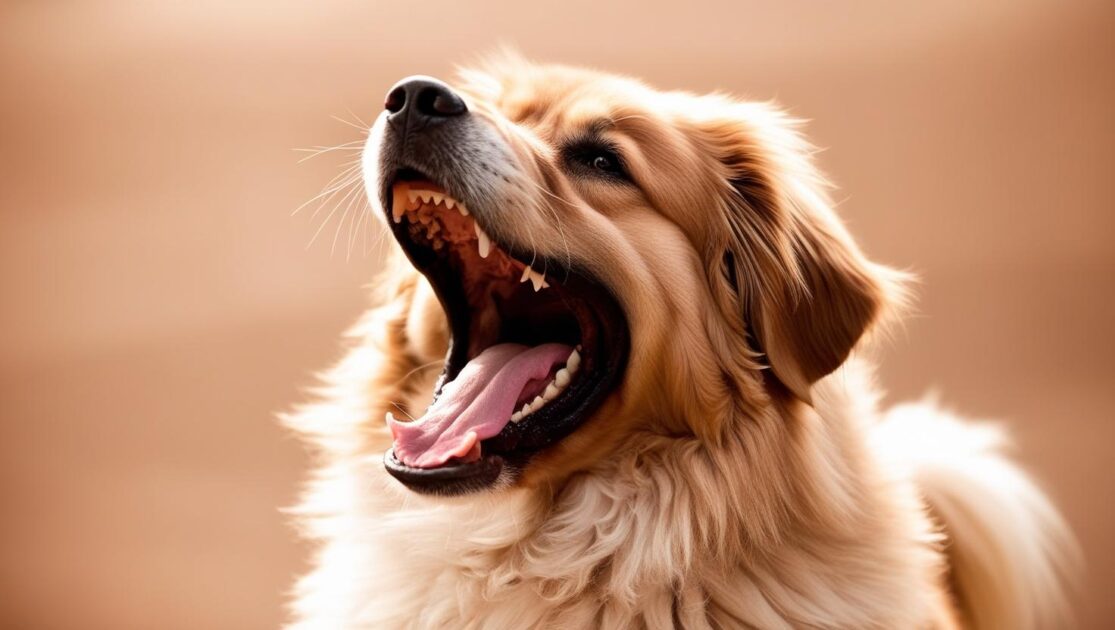Table of Contents
Toggle10 Signs Your Dog May Be Stressed (And How to Help Them Relax)
Just like us, dogs can experience stress too. Whether it’s due to changes in their environment, health issues, or something as simple as a loud noise, our furry friends can show signs of distress. Recognizing dog stress early can help you address the root cause and keep your pup feeling calm and happy.
Disclosure: This post may contain affiliate links, which means I may earn a small commission, at no cost to you, if you make a purchase through a link.
Here are 10 common signs of stress in dogs and practical tips to help them:
1. Excessive Panting
What It Looks Like: Panting heavily even when it’s not hot or after exercise.
How to Help: Provide a quiet, cool space for your dog to relax. Offer water and check for other symptoms of discomfort.
2. Pacing or Restlessness

What It Looks Like: Constant movement, unable to settle down.
How to Help: Engage them with a calming activity, like a puzzle toy or a gentle walk, to redirect their focus.
3. Shaking or Trembling

What It Looks Like: Shaking as if they’re wet, but there’s no water around.
How to Help: Use a reassuring tone, gentle petting, or a pressure wrap like a Thundershirt to provide comfort.
4. Hiding or Avoidance

What It Looks Like: Retreating under furniture or avoiding people and other pets.
How to Help: Give them space but keep the environment calm. Use natural dog treats to encourage positive interactions.
5. Excessive Barking or Whining

What It Looks Like: Vocalizing more than usual, often for no apparent reason.
How to Help: Identify triggers and remove them if possible. Training techniques, like desensitization, can help over time.
6. Chewing or Destructive Behavior

What It Looks Like: Destroying furniture, chewing shoes, or gnawing on household items.
How to Help: Provide chew toys or increase physical and mental stimulation through play or training.
7. Loss of Appetite

What It Looks Like: Ignoring meals or treats they usually love.
How to Help: Monitor their eating habits and consult a vet if it persists, as it could indicate an underlying health issue.
8. Licking or Chewing Themselves

What It Looks Like: Excessive grooming, often to the point of irritation or hair loss.
How to Help: Address potential allergies or skin irritants and offer alternatives, like lick mats, to divert the behavior.
9. Ears Back and Tail Tucked

What It Looks Like: Body language showing fear or submission.
How to Help: Avoid forcing interaction and create a safe space with familiar items, like their bed or favorite toy.
10. Frequent Yawning or Lip Licking

What It Looks Like: Repeated yawning or licking their lips without obvious reason.
How to Help: Reduce environmental stressors, such as loud noises, and offer a comforting presence.
Extra Tips to Soothe a Stressed Dog
- Establish a Routine: Dogs thrive on consistency. Regular mealtimes, walks, and play can ease anxiety.
- Use Calming Products: Try pheromone sprays, calming chews, or CBD oil made specifically for dogs.
- Training and Socialization: Gradually introduce your dog to new experiences to build confidence.
- Vet Check-Ups: Persistent stress could be tied to health issues, so regular vet visits are crucial.
Stress is manageable with a little love and patience. Keeping an eye on your dog’s behavior and addressing their needs will make both of you happier in the long run!
Disclaimer: This blog utilizes AI tools to assist in content creation. While every effort has been made to ensure the accuracy and reliability of the information, AI-generated content may occasionally contain errors or outdated details. Readers are encouraged to double-check any critical information before making decisions based on this content.


0 Comments